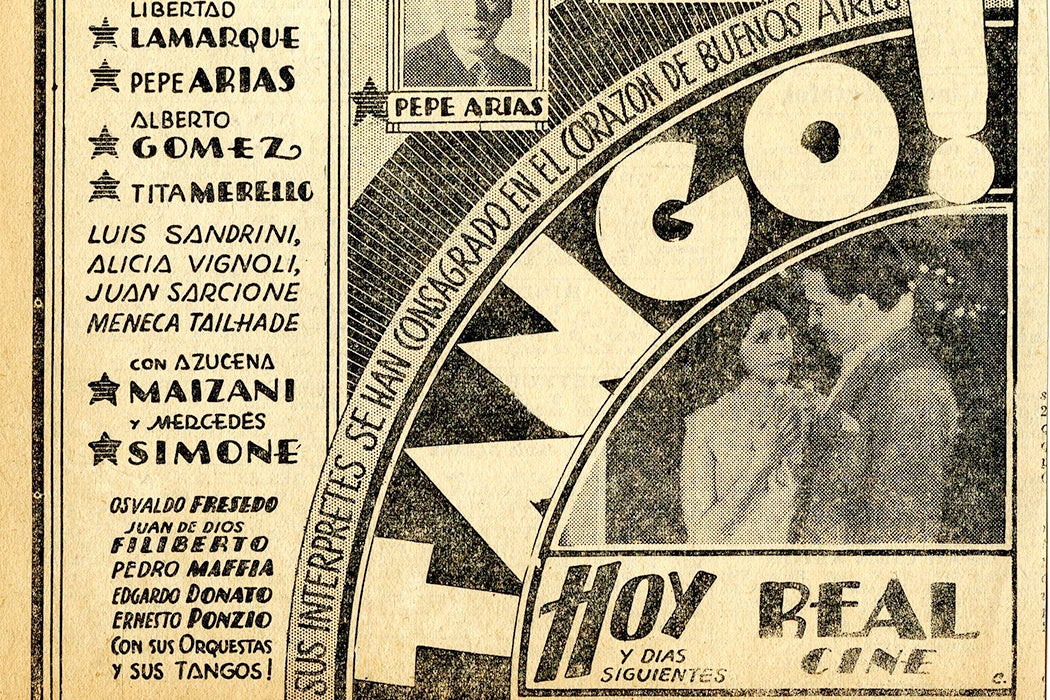IIn March, American writer Amanda Petrusich wrote an insightful article in the New Yorker on a defining aspect of contemporary pop: the ways in which young musicians constantly escape categorization by borrowing and merging styles that were once rigidly defined. This fluidity of genres, she noted, inevitably caused problems for traditional musical institutions, from record stores and radio stations to award ceremony organizers and record label marketing departments, for whom categorization remains an issue. determining aspect.
One way they have responded is to invent more genres and sub-genres. This year’s Grammy Awards, for example, featured 83 distinct categories, including Rock, Alternative, Folk, Americana, American Roots, Contemporary Urban R&B, and Progressive R&B. “It’s hard to imagine a Grammy that doesn’t rely on gender as an organizing principle,” Petrusich wrote, “but gender seems less and less relevant in the way we think about, create and consume art. . “
In a postmodern pop cultural moment, where notions of purism and authenticity seem hopelessly out of date, it may seem odd to write a book that is not just a story of the defining categories of popular music – rock, R&B, country, punk. , hip-hop, dance and pop – but a shameless defense of them. “I’m always a little puzzled when a musician is praised for transcending the genre,” writes Kelefa Sanneh in her introduction to Main labels. “What’s so great about that?” “
There are of course several answers to this question – Astral weeks, Bitches Brew, The hiss of summer lawns, to name just a few classic albums that immediately spring to mind, all without genre limits. Likewise, the entire back catalog of Prince, which, one might say, is a long, daring and effortless exercise in gender transcendence. For Sanneh, however, devotion to a sound, whether hip-hop or hardcore, is essentially about community and belonging; a way to signify our unity and signal our difference, often by allegiance to one style to the detriment of all the others. “For more than half a century,” he writes, “listeners, especially in their formative years, have used pop music to define their identities.
This idea grounds her argument to some extent and is reinforced by her recollections of her own formative musical loyalties, most notably her adolescent identification with punk, a genre born out of disaffection and requiring the total devotion of the faithful. Sanneh himself pledged his allegiance to punk in high school after his best friend gave him a mixtape-cum-primer that ranged from Sex Pistols to Exploited and beyond to the post-punk noise of Hüsker Dü. His evocation of that time, coupled with a lingering devotion to the cause, gives his chapter on punk a personal resonance that is lacking elsewhere in a fascinating but often frustrating book that is partly memory, partly critical and – the little frustrating – partly potted. history of popular music.
For any self-respecting music fan who is not tied to one genre at the expense of everyone else, Sanneh’s tale of great pieces of pop history, while light, will be all too familiar. among countless other titles. To be fair, this became less of a problem for me as his narrative drew closer to the present moment when, ironically, the genre model he adheres to begins to become quite more porous.
The term pop, for example, now sounds more like a lazily applied label than a genre. Likewise, dance and R&B, terms that barely allude to the plethora of styles, strategies and practices that underlie producer-driven, dizzying forms and geared towards constant reinvention. Even “rock,” perhaps the oldest of all generic terms, now ranges from the 60s Laurel Canyon introversion to the Norwegian death metal of the 90s.
As I read I kept thinking that this big and ambitious hybrid book was a smaller, more personal, and overall more compelling exploration of belonging and identity through music. “As a teenager, I was attracted to punk,” wrote Sanneh at one point, “for the same reason that I was not attracted to, say, the majestic Senegalese singer Youssou N’Dour … punk because I does not have Seeing myself represented there, at least not in some of the major identity categories that my biography might have suggested: Black, brown skin, biracial, African. It was exciting to claim these alien groups and this alien movement as mine.
I would have liked to know more about the singular tensions of his life as American punk in a culture which, apart from the pioneering hardcore band Bad Brains, was dazzlingly white. These tensions are evoked, but touched on, in his account of a “tense” concert by the hardcore group Fugazi. “I saw skinheads there for the first time in my life,” he recalls, “and tried to figure out how scared I should be.” In other ways too, his punk life was – how shall I put it? – singular. At Harvard University, of all places, he found an unlikely punk-light community based on anorak’s expertise rather than attitude. The college music radio station actually screened future DJs through “a semester course in punk rock history” and a written exam. “I would never be prepared for a test again like I would that afternoon,” Sanneh writes. In these wicked streets a man has to go, I guess.
The author puts a lot of it. He is an informative guide to hip-hop and country, which has long been the polar extremes of American musical identity. In 2019, however, a young black rapper, Lil Nas X, released Old Town Road, a skillful fusion of the two, which went on to become the longest-serving No.1 in American pop history, despite having been removed from Billboard the magazine’s country table to not be authentic enough.
Since the current fluidity of pop makes genre traditionalism suddenly seem hopelessly outdated, Main labels can still become an elegy for a time when it counted above all. Why is it so important, although often lost in the narrative, is the central question that drives this book. Perhaps the most pressing is why it doesn’t matter so much anymore.



/https://specials-images.forbesimg.com/imageserve/6160c975eae324dc700f084f/0x0.jpg)
